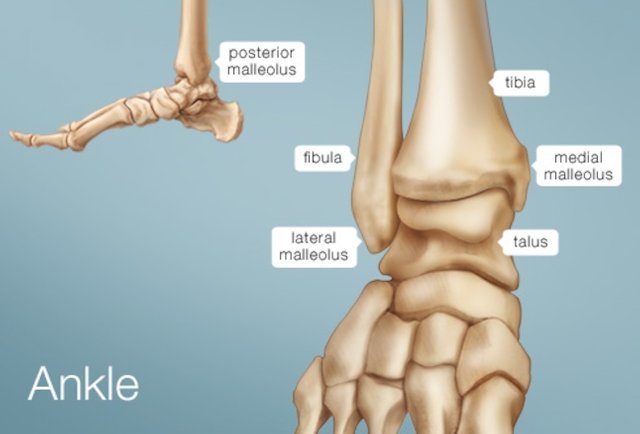In my previous blog post I discussed the spinal manipulation. It was a brilliant story of love, hardship, struggle and eventually overcoming pain via some good old fashioned Rack’n Crack. As many of you may not know, throughout these blogs you will see that I am anything but a Rack’n Crack physician. I personally love the manipulation, but don’t think it is the solution to all low back and neck pain. You will see later that I will come out bashing “non specific low back pain, and non specific neck pain (lumbago and cervicalgia)” and I think that the “manipulate vs don’t manipulate” conversation needs to be discussed around much more specific terms. For the purpose of this blog post, I will discuss the manipulation for other regions of the body.

If you read the previous blog, I mentioned the existence of synovial joints. If this doesn't make sense, go read it. The synovial joints in the spine that Manual Practitioners manipulate are called Facet Joints. On that note, there are many synovial joints throughout the body such as in the Hip, Shoulder, Knee, Ankle, Hand and Foot. A skilled practitioner can manipulate every synovial joint in the body. This includes the carpometacarpal joint of the thumb and even the big toe. For instance, often times runners have very poor toe off from bashing their feet into the ground repetitively. A great treatment approach for this is to mobilize and manipulate the big toe, along with some myofascial release to the musculature around it. The goal being, improve big toe mobility.
The process works very similar to the spine, the practitioner will take the joint through its proper Range of motion, then performing a quick small thrust to the joint in question in order to restore or improve the joint mobility. Some of my favorite joints to mobilize are the ankles, too often we roll our ankles repeatedly and never restore that mobility. Scar tissue locks down and the joint slowly loses range of motion. Based on the joint by joint approach to rehabilitation and prehabilitation this loss of motion will go up the chain. For instance if your ankle is not moving through its appropriate range, that movement will then occur in the knee. Our knee is actually designed to have very little lateral movement and thus is supposed to be stable. What do you think happens when too much movement goes into the knee? Thats right, you put yourself at increased risk for an ACL tear. Research has shown the best way to prevent ACL tearing is to improve ankle mobility and hip stability. The manipulation is a fantastic way to start improving ankle mobility. As I always say half sarcastically, “Adjust it and trust it.”
Hello @riedeldc! This is a friendly reminder that you have 3000 Partiko Points unclaimed in your Partiko account!
Partiko is a fast and beautiful mobile app for Steem, and it’s the most popular Steem mobile app out there! Download Partiko using the link below and login using SteemConnect to claim your 3000 Partiko points! You can easily convert them into Steem token!
https://partiko.app/referral/partiko
Downvoting a post can decrease pending rewards and make it less visible. Common reasons:
Submit
Congratulations @riedeldc! You received a personal award!
You can view your badges on your Steem Board and compare to others on the Steem Ranking
Vote for @Steemitboard as a witness to get one more award and increased upvotes!
Downvoting a post can decrease pending rewards and make it less visible. Common reasons:
Submit